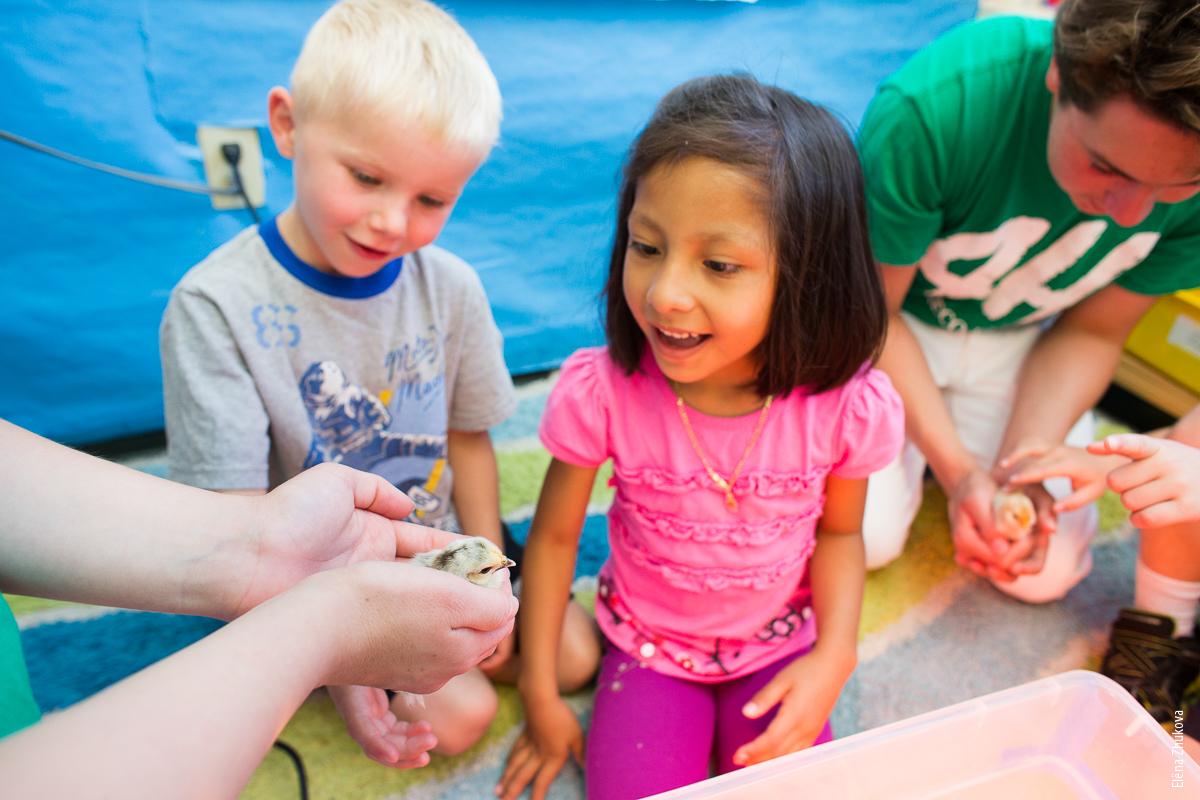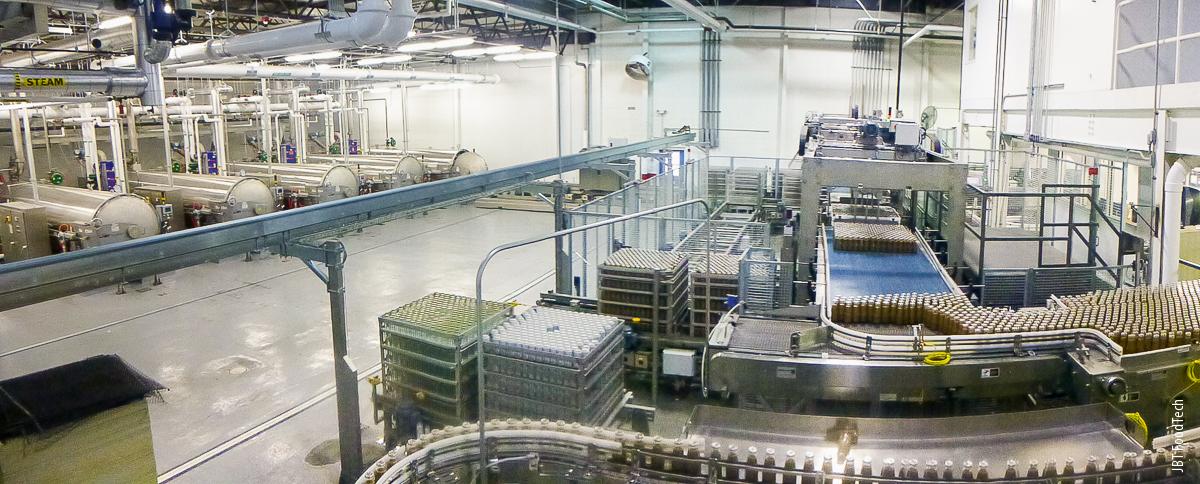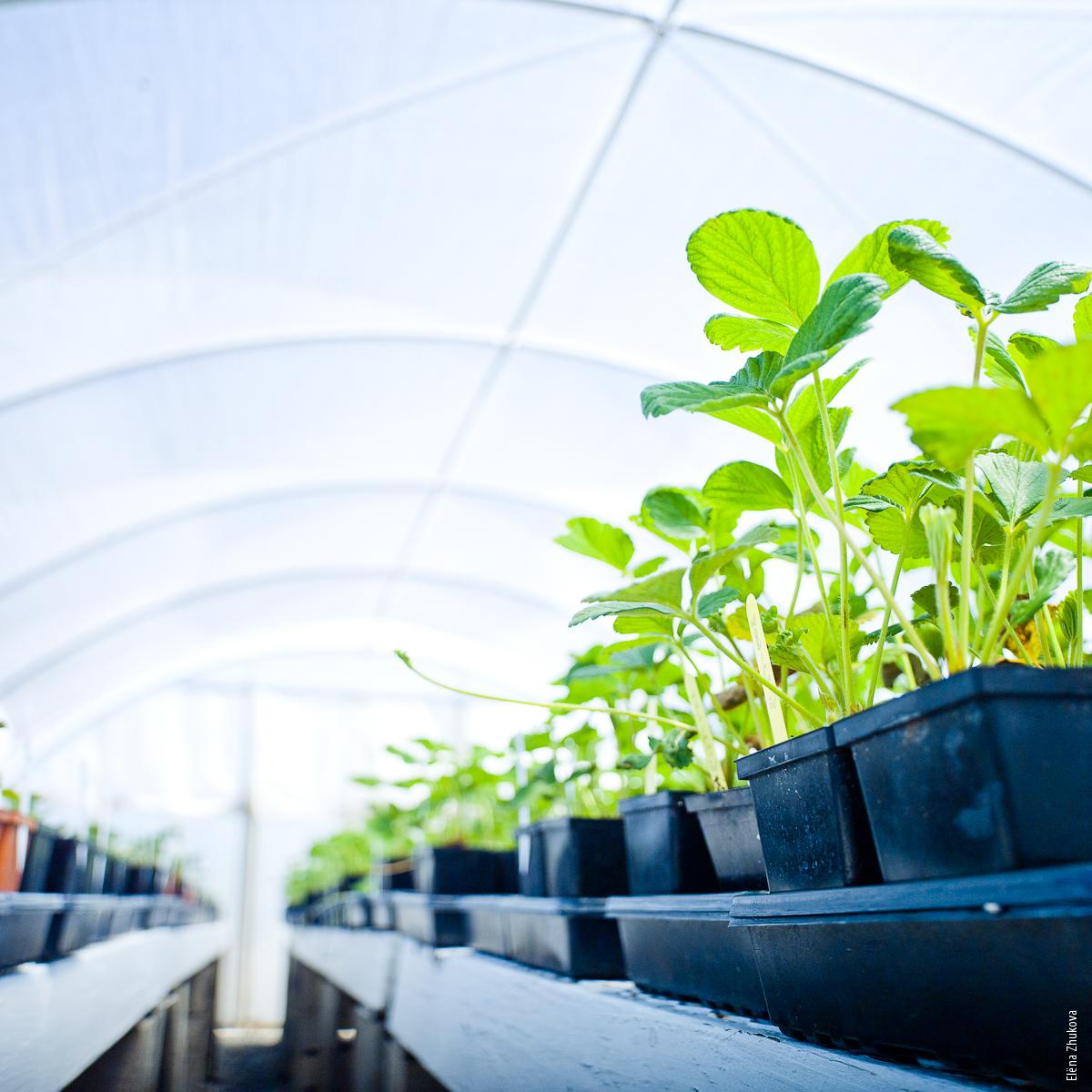All Issues
UC ANR: The original incubator
Publication Information
California Agriculture 69(4):206-207. https://doi.org/10.3733/ca.v069n04p206
Published online October 01, 2015
NALT Keywords
Full text
In August, Glenda Humiston started as the new vice president of UC Agriculture and Natural Resources (UC ANR). As the head of UC ANR, Humiston oversees UC Cooperative Extension (UCCE), the Agricultural Experiment Station and the division's many statewide programs, from 4-H to UC IPM to the UC Master Gardener Program. Humiston came to UC ANR from the U.S. Department of Agriculture, where she was California state director for rural development from 2009 to 2015. Previously, she was deputy undersecretary for natural resources and environment at USDA from 1998 to 2001. She holds a doctorate in environmental science, policy and management from UC Berkeley, a master's degree in international agricultural development from UC Davis and a bachelor's degree in animal science from Colorado State University.
There's a lot of excitement in California today about how connecting people and businesses with resources, information and each other can help to generate new ideas and fuel economic growth.
Across the state, governments, universities, philanthropic organizations and the private sector are establishing business incubators and economic development clusters to capitalize on the power of networks and partnerships. The Shared Value Initiative ( sharedvalue.org ), a fast-growing movement in the business world, argues that some of the best opportunities for innovation and new markets are to be found in identifying and addressing unmet social needs.
As an organization with a traditionally rural focus and roots in the 19th century, UC ANR might appear stuck on the sidelines of these trends.
But I'd argue that we have a central role in turning ideas into successful, socially beneficial enterprises — and that we've been at it for a long, long time.
For a century, farmers, ranchers and natural resource managers have relied on research and new technologies disseminated through UCCE. With UC ANR's help, growers have increased yields, improved water-use efficiency, reduced pesticide loads, made food safer, expanded export markets and become more environmentally and economically sustainable. California communities and the economy have benefited from successful new industries, healthy ecosystems and sustainably managed landscapes.
If UC ANR isn't an incubator, I don't know what is. Furthermore, I would argue that the partnership of our land-grant university system with Cooperative Extension is the original and most productive incubator that the world has ever seen.
UC ANR works on the most critical issues of our time: food production, environmental sustainability, health and youth development. Providing leadership and helping to drive progress in these areas requires UC ANR to leverage its assets with a wide array of external partners, projects and resources and increase public awareness of how well-managed agricultural and natural resources contribute to California's well-being. There is no one-size-fits-all approach; each region or sector needs tools and strategies to meet its particular goals and needs. As California seeks accord among diverse interests and competing goals, UC ANR must provide knowledge to improve the quality of decisions as well as leadership to help communities find consensus on difficult issues.
As the new vice president of UC ANR, perhaps my most important responsibility is to build collaborations with communities, businesses, organizations and individuals around the state and the nation. This collaborative mission has guided my professional career.
UC ANR has many opportunities to enhance how it serves its mission, supports its clientele and expands the reach of its programs. Capitalizing on these opportunities will require new collaborations — and perhaps unlikely-looking allies. Some partnerships may involve a single UC institution; but I have found that, in most cases, connecting multiple institutions and interdisciplinary resources proves to be much more powerful.
Here's a small taste of the types of partnerships and opportunities I'm talking about:
-
Building Healthy Communities. Foundations and other philanthropic organizations not only fund but, increasingly, engage directly in community development initiatives. One example is the California Endowment's “Building Healthy Communities” initiative. The program funds projects to improve access to food, health care, land use, education, small business development and community leadership. UCCE, UC Master Gardeners and 4-H programs can offer much to ensure the success of such initiatives while UC ANR researchers could support analysis of results and offer innovations in program delivery and extension to additional sites.
-
UC Davis and Seed Central. Established in 2010, Seed Central is an initiative of the Seed Biotechnology Center at UC Davis and SeedQuest that has been joined by a growing number of companies and organizations in the global seed and food industry. Some 100 seed and seed-related companies are located near UC Davis and benefit greatly from its proximity. Seed Central facilitates communication and research collaboration between the seed industry and UC Davis in order to bring science more quickly to market, creating a globally influential research and development cluster.
-
UC Merced's Blum Center for Developing Economies (BCDE) and Tuolumne County Economic Development Authority (TCEDA). These institutions are connecting researchers and students to innovators, entrepreneurs and makers throughout Central California to apply science, technology, engineering and mathematics skills and creativity to solve real-world challenges via the “InnovationLab.” The lab offers 24/7 space and access to tools like 3-D printers, application-development equipment, an electronics lab, wood shop, computer and social media technology, and conferencing capability for interactions with the UC campus.
-
Central Valley AgPLUS. Food and beverage processing is California's third-largest manufacturing sector, with 3,421 firms providing 760,000 full- and part-time jobs and producing $82 billion (as of 2012) of direct added value annually. Central Valley AgPLUS is an unprecedented effort to grow this sector through a strategic partnership between the Office of Community and Economic Development at Fresno State, the Center of Economic Development at Chico State, Valley Vision, Innovate NorthState, and the Central Sierra Economic Development District. Participating in this collaboration allows UC ANR to greatly expand partnerships and support key initiatives in climate change, the bioeconomy and advanced manufacturing.
These examples highlight how research, UCCE activities and other resources generated by UC ANR help to improve California's triple bottom line: people, planet and prosperity.
As a graduate of three outstanding land-grant universities, a long-time participant in 4-H, and a frequent partner with UCCE on a wide array of projects throughout California, I have personally experienced how UC ANR addresses many of the key issues of our age. It is a mission that I embrace deeply on a personal and professional level, and I look forward to working with you, UC ANR's stakeholders, on partnerships that can help us to reach our shared goals.








